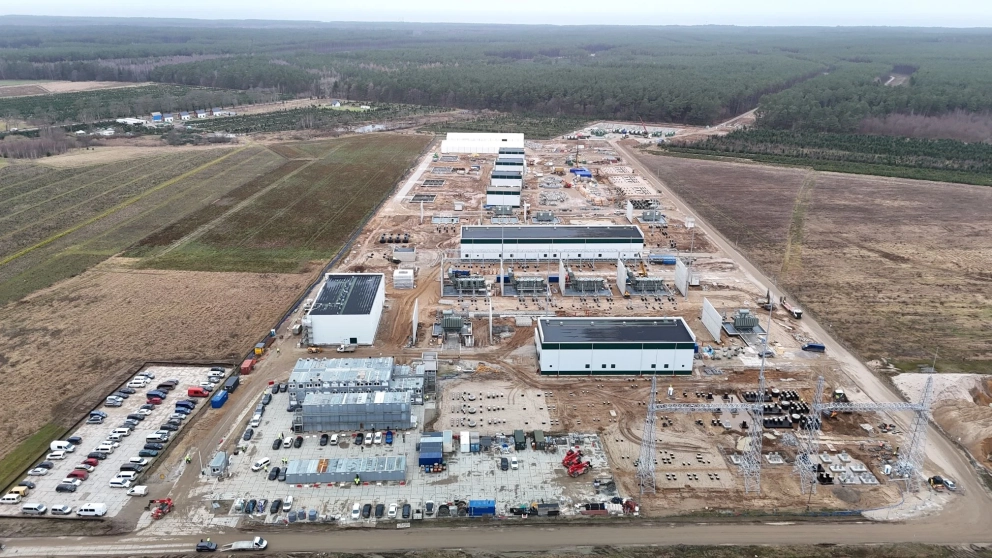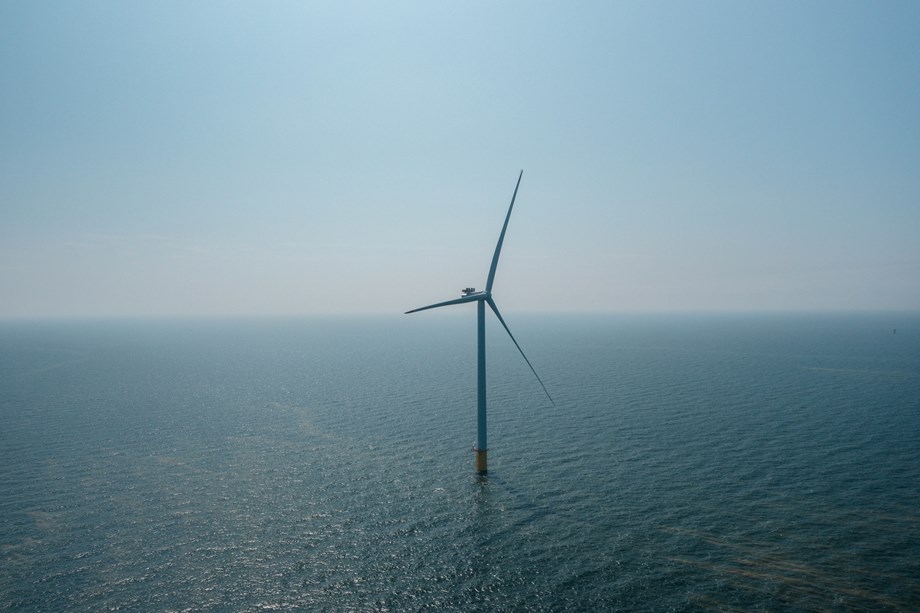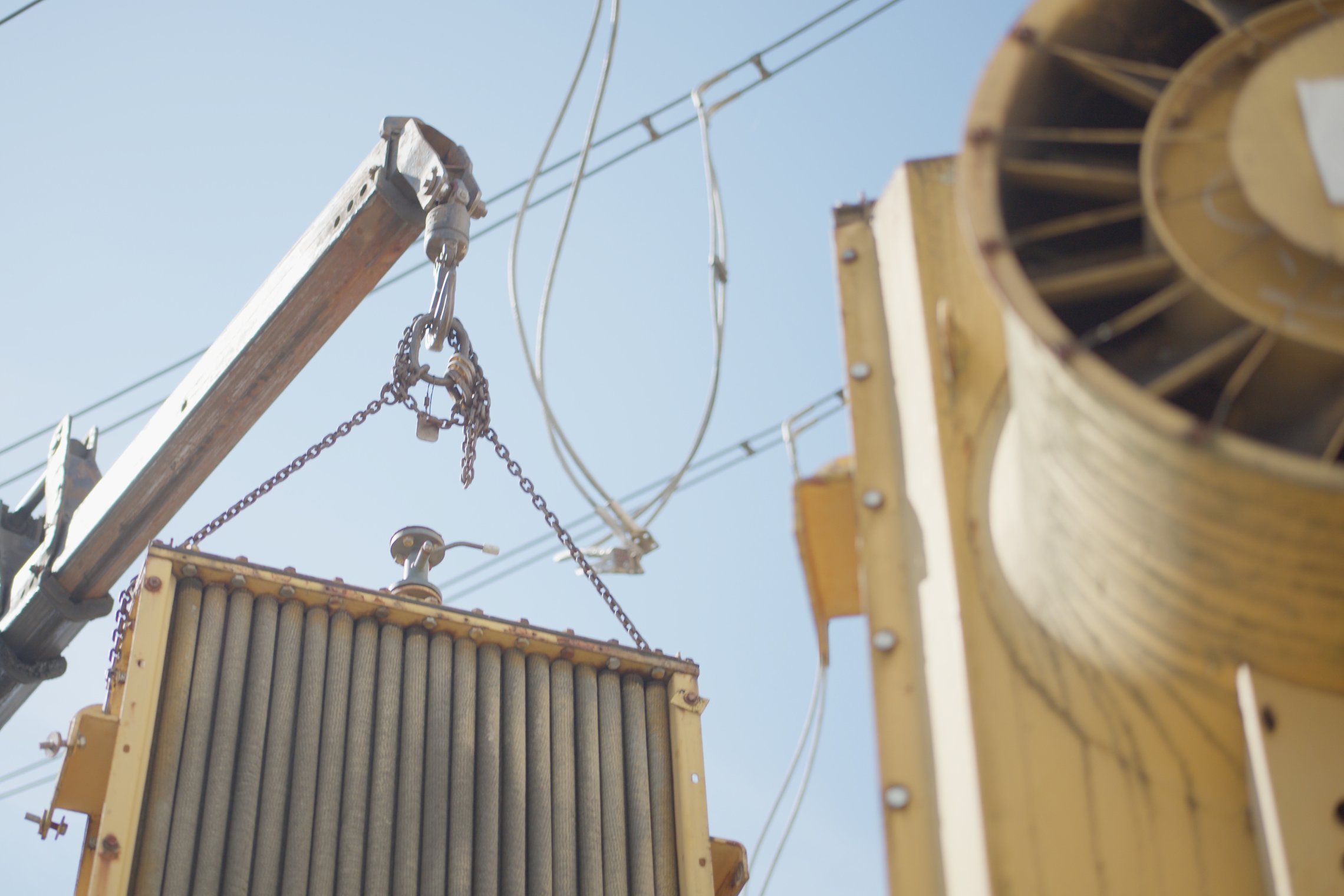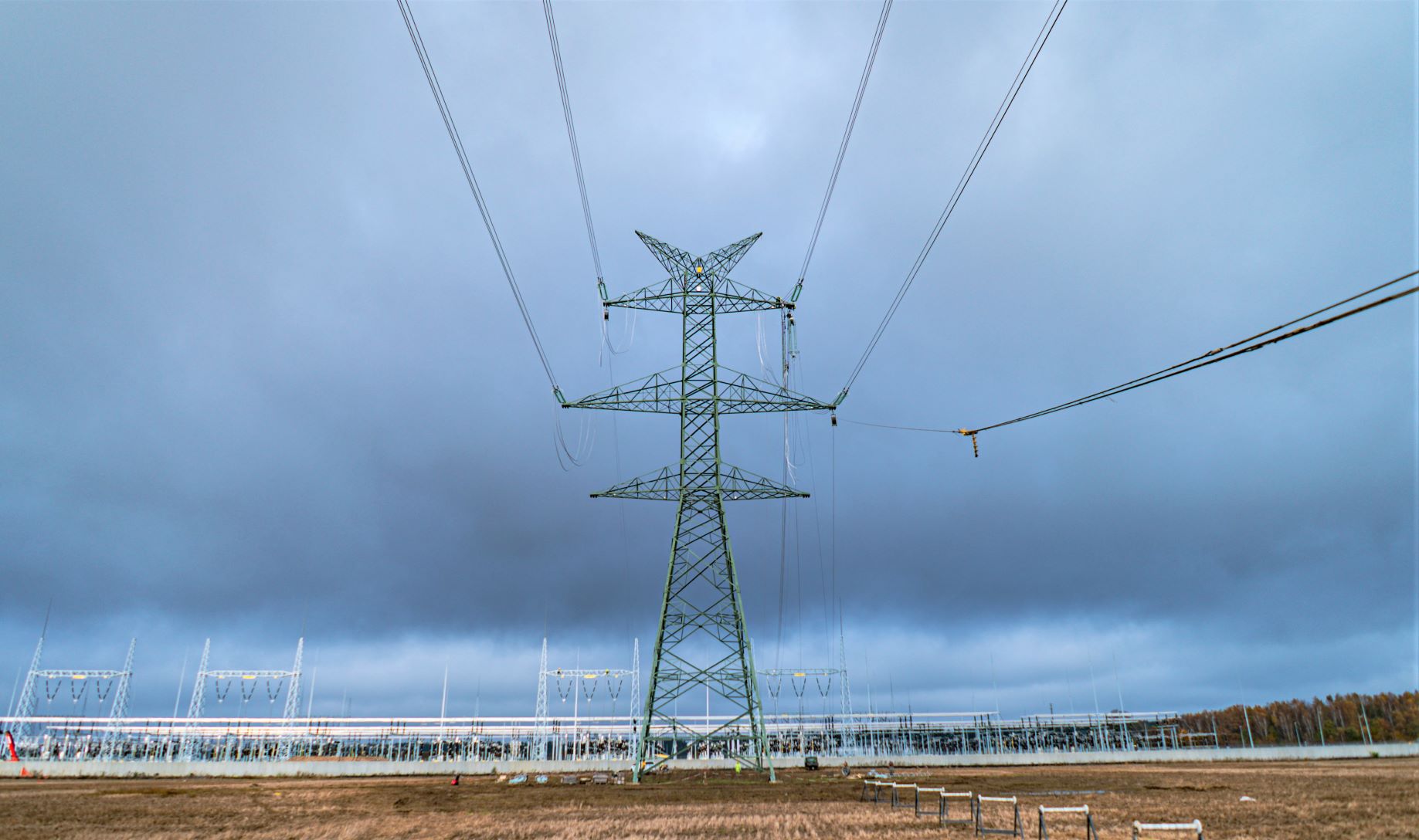 The decarbonisation agenda is a pressing priority for governments worldwide, and the Baltic Sea region is emerging as a critical area for renewable energy development, particularly offshore wind. In April 2024, eight countries bordering the Baltic Sea – Lithuania, Denmark, Estonia, Finland, Germany, Latvia, Poland, and Sweden – signed the Vilnius Declaration, pledging to collaborate on advancing offshore energy infrastructure in the region. This initiative aligns with the countries’ shared goal of increasing offshore wind capacity from 3.1GW to 19.6GW by 2030, underscoring the importance of offshore wind to both energy security and national security in the Baltic region.
The decarbonisation agenda is a pressing priority for governments worldwide, and the Baltic Sea region is emerging as a critical area for renewable energy development, particularly offshore wind. In April 2024, eight countries bordering the Baltic Sea – Lithuania, Denmark, Estonia, Finland, Germany, Latvia, Poland, and Sweden – signed the Vilnius Declaration, pledging to collaborate on advancing offshore energy infrastructure in the region. This initiative aligns with the countries’ shared goal of increasing offshore wind capacity from 3.1GW to 19.6GW by 2030, underscoring the importance of offshore wind to both energy security and national security in the Baltic region.
This analysis, authored by Rob Marsh, Tomasz Rogalski, Christopher Aird, and Cezary Zawislak, is part of the Project Finance International (PFI) Yearbook 2025, a comprehensive publication that reviews the key developments of 2024 through case studies, PFI Awards, and forward-looking themed articles and profiles. The Yearbook provides invaluable insight into the sectors and markets that shaped the year and offers projections for 2025, including the rise of data center financing and the evolving dynamics of power procurement in sectors like carbon capture and storage (CCS), electric vehicles, and green hydrogen..
The importance of renewable energy, especially offshore wind, to both energy security and national security in the Baltic region is indisputable. Poland is leading the way with the largest offshore wind market in Central and Eastern Europe, aiming for 5.9GW of installed offshore wind capacity by 2030 and 18GW by 2040. The country’s successful offshore wind programme, bolstered by favourable geographic conditions such as shallow waters and strong winds, serves as a model for other Baltic nations like Lithuania, Latvia, and Estonia.
Poland’s Offshore Wind Potential
Poland’s energy mix is predominantly reliant on coal and lignite (63% in 2023), with renewable sources contributing 27% (mainly onshore wind, solar, and biomass). The adoption of the Polish Offshore Wind Act in 2021 has accelerated the country’s decarbonisation goals, providing a boost to its economic recovery post-COVID-19. This legislation outlines a framework for offshore wind development, facilitating the transition to cleaner energy and positioning Poland as a leader in the sector.
The Polish Wind Energy Association estimates that Poland’s Baltic coastline has the potential to support up to 33GW of offshore wind capacity, unlocking an investment potential of €29 billion. Key Polish ports such as Szczecin, Gdańsk, and Gdynia are set to transform into renewable energy hubs for the storage, assembly, and transportation of offshore wind components. This will further integrate Poland into the global offshore wind supply chain.
The Polish Offshore Wind Act incorporates a contract-for-difference (CfD) support mechanism, a proven model in other offshore wind markets. This model helps stabilise the revenue stream for developers by covering the gap between the fixed price for electricity and the average market price. In Poland, the CfD scheme guarantees a 25-year support period, longer than in many other countries, providing investors with greater security. However, this extended period also introduces certain financing challenges, as the debt tenors must align with the support period.
Moreover, international contractors with extensive offshore experience, combined with the presence of domestic energy giants like PGE and Orlen, enhance the credibility and bankability of Poland’s offshore wind projects. This development phase will provide valuable insights for other Baltic states as they look to develop their own offshore wind sectors.
Lessons for the Baltic States
Poland’s experiences offer important lessons for the Baltic states, each of which is preparing to commission its first offshore wind projects by 2030. Lithuania, Latvia, and Estonia are ideally positioned to take advantage of the favourable wind and sea conditions found in the Baltic Sea, with sea depths of less than 50 metres and high average wind speeds.
The Polish model, including its CfD regime and two-wave auction system, provides a roadmap for these countries to follow. While Poland’s system offers early-stage stability for developers through individual administrative decisions, competitive auctions in later waves encourage market efficiency. The experience of managing these auctions, balancing early stability with later competition, will be crucial for the Baltic states as they develop their own offshore wind markets.
Challenges in Polish Offshore Wind
Despite its successes, Poland’s offshore wind market faces several challenges that could inform the development of offshore wind in the broader Baltic region. The primary challenge is the subsidy regime. Originally, Poland’s CfD mechanism was burdened by currency risks, as development contracts were often denominated in euros while subsidy payments were in Polish zloty. The government has since amended the Act to allow for more flexibility, improving the market’s bankability and attracting international investors. However, this is unlikely to be a concern for Baltic states, as all these countries use the euro.
Another key challenge is pricing. While the first wave of Polish projects benefited from a fixed price, the second wave will rely on competitive auction pricing, which could present risks if the price is set too low. For instance, the UK’s fifth CfD auction saw no offshore wind projects submit bids due to an excessively low strike price. If Poland’s auction prices are too low, they could face similar outcomes, hindering progress in the sector.
Grid infrastructure is another area of concern. Poland’s national grid, already strained by the rapid expansion of onshore renewables, will need significant upgrades to accommodate offshore wind power. Cross-border interconnections with neighbouring countries will be crucial to managing the grid capacity challenges. The Baltic states, too, will need to focus on strengthening their grid infrastructure, collaborating across borders to create a unified offshore power system.
Finally, changes in law present a potential risk to investors in the Polish offshore wind market. The past volatility in Poland’s energy policy, particularly regarding onshore wind, has led to investor concerns about potential regulatory changes. This risk perception, while less pronounced in more mature markets, could influence the investment climate in Poland and the Baltic states, where offshore wind is still in its infancy.
Financing and Development Risks
Poland has also made strides in securing financing for its offshore wind projects, with Bank Gospodarstwa Krajowego offering a €5bn financing package unlocked from the EU’s recovery fund. The Baltic states, while not yet offering specific financing packages, are likely to follow suit, leveraging EU funds to support their own offshore wind projects.
However, the financing landscape for offshore wind remains complex. In Poland’s second wave of projects, all licences were awarded to domestic developers, with international players being sidelined. This trend towards prioritising domestic developers has been observed in other markets as well, such as Lithuania, where the second offshore wind tender was forced to be cancelled due to a lack of bids from international players. This could be a challenge for investors in the Baltic states, where local developers may receive preferential treatment in competitive auctions.
Poland is undoubtedly leading the way in the Baltic Sea’s offshore wind development, but the success of the broader region depends on the ability of the Baltic states to navigate their own challenges. The lessons learned in Poland’s first wave of projects – from regulatory adjustments to pricing and grid infrastructure – will be invaluable as Lithuania, Latvia, and Estonia move forward with their own plans.
The development of offshore wind in the Baltic Sea is a vital component of the region’s decarbonisation efforts and energy security strategy. By sharing knowledge, fostering regional collaboration, and improving the regulatory and financing frameworks, the Baltic states can successfully scale up offshore wind, securing both their energy future and contributing to the EU’s broader climate goals.
For further details, please see the full report here.
Source: PFI















